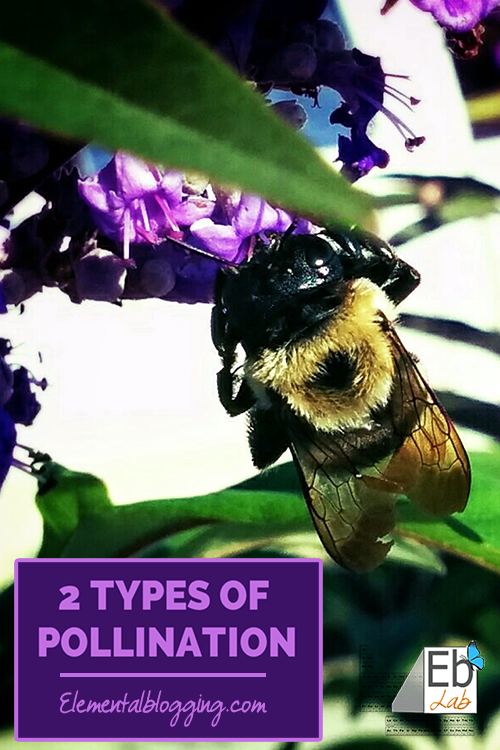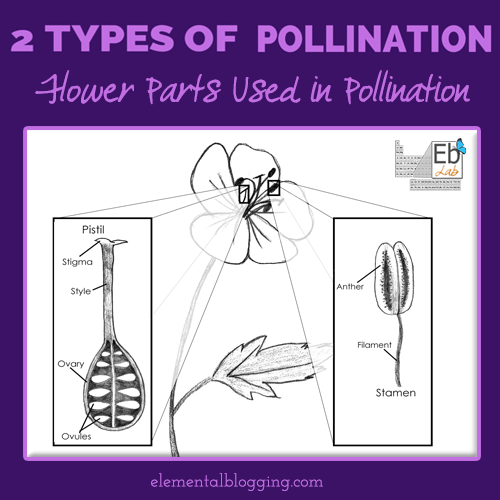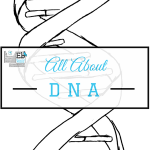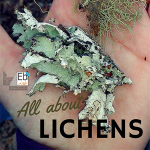 The Joshua tree has a unique insect-pollinator, the yucca moth.
The Joshua tree has a unique insect-pollinator, the yucca moth.
The bumble bee pollinates the morning glory in the cool beginnings of a new day.
And a gentle breeze is responsible for spreading the pollen of the spruce tree.
The moth, bee, and wind all act as pollinators for these plants. They are responsible for getting the pollen from the male part of the flower to the female part, so that pollination can occur and a seed will form.
Although there are many different types of pollinators, there are just two main types of pollination—self-pollination and cross-pollination.
In today’s science corner, I wanted to share with you about these two types of pollination along with activities and books you can use to teach your students about this topic.
Let’s get started!
The two types of pollination
Before I share about self-pollination and cross-pollination, I want to share a bit about what happens when a flower is pollinated.

In pollination, the pollen lands on the pistil of a flower. Then, the pollen sprouts a tube down to the ovule, where the pollen and the ovule meet and join. This eventually leads to the formation the seed, which can grow into a new plant.
Self-pollination
In self-pollination, the pollen from the anther of a flower is transferred to the stigma of the same flower or the stigma of a different flower on the same plant. Then, pollination occurs and a seed is able to form.
This transfer can happen when the pollen grains literally spill onto the stigma, or the transfer can occur with the aid of a pollinator, like an insect, wind, or water.
The flowers of plants that use self-pollination to reproduce are generally much smaller.
Cross-pollination
In cross-pollination, the pollen from the anther of a flower on one plant is transferred to the stigma of the flower on another plant of the same species. Then, pollination occurs and a seed is able to form.
This transfer happens when the pollen is moved by an insect, by water, or by the wind. This type of pollination requires that there are two plants of the same variety in the area.
The flowers of plants that use cross-pollination are generally larger. The blooms also usually have a stigma that is taller than the stamens, which gives more of a chance for the pollen to spread to other flowers.
Pollination Activity
(Note – I have adapted the following from this F is for First grade post.)
Supplies
You will need the following:
- Several large paper flowers (Ones printed on 8.5 by 11 sheet of paper will work.)
- Several different colors of powdered cake mix, such as yellow, chocolate, and strawberry
- Several small printed bees
- Several craft sticks
- Several cotton balls
- Glue
Procedure
- Have the students each cut out and decorate a flower and a bee.
- Next, have them glue their bees to a craft stick. After stretching out the cotton balls a bit, have the students glue one to the underside of their bees.
- Sprinkle a bit of the yellow cake mix on the center of one of the printed flower, a bit of chocolate cake mix on another flower, and a bit of strawberry cake mix on another flower. This will act as the pollen from the flower.
- Now, have the students use their bees to go from one flower to another to pollinate each one.
- Afterwards, have the students observe what has happened to the cotton balls on their bees and the centers of their flowers.
Explanation
The students should see that their bees have picked up each type of pollen from the flowers. They should also see that the pollen on their flowers has been spread out and mixed up. The same happens in insect-driven cross-pollination.
Books on pollination
Here’s a few books you can use to teach your students about pollination:
- What If There Were No Bees?: A Book About the Grassland Ecosystem by Suzanne Slade and Carol Schwartz
- What is Pollination? (Big Science Ideas) by Bobbie Kalman
- From Seed to Plant by Gail Gibbons
In a nutshell
Self-pollination is simpler, as it only requires one plant of a given species for reproduction. Cross-pollination is a bit more complicated, but it allows for a greater variety within a species.
Here is a narration sheet you can use with your students as you share the two types of pollination with them.









[…] If you all want to know more about pollination, be sure to check out Paige’s recent post on the two types of pollination. […]